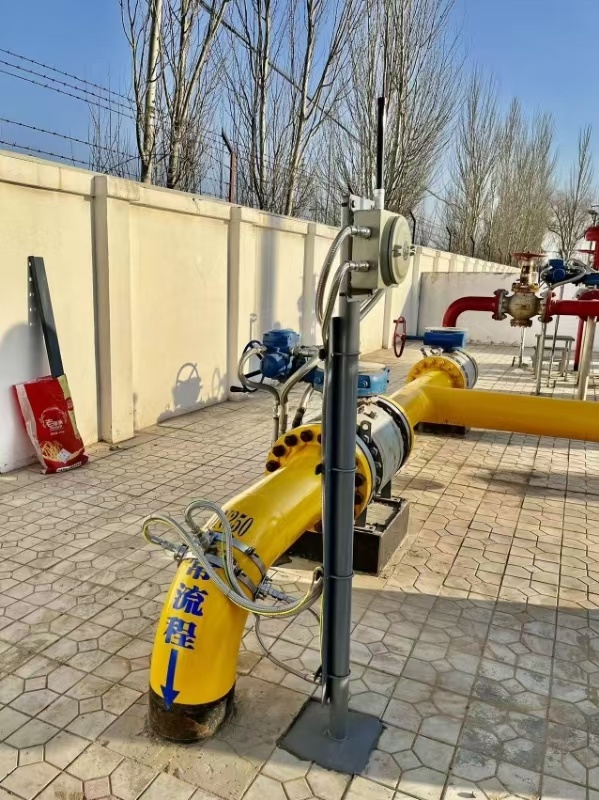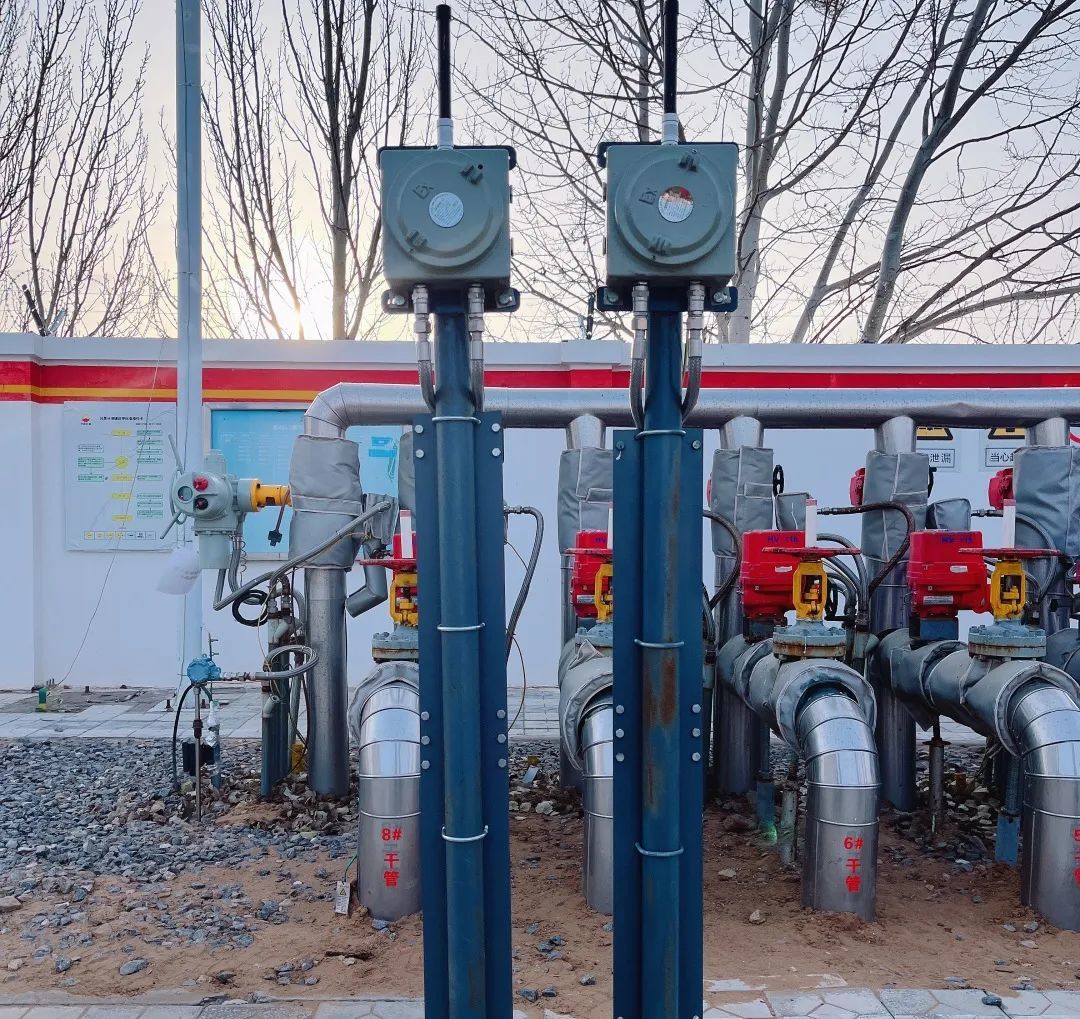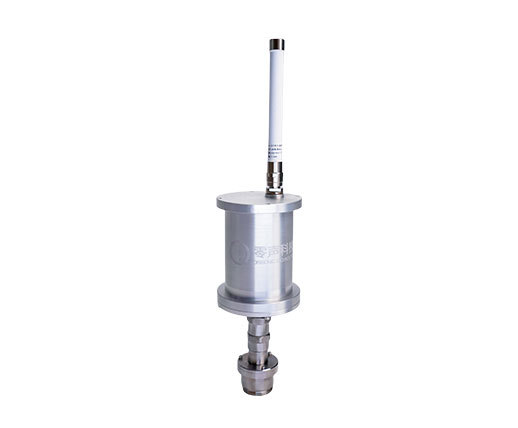
Oil Pipeline Integrity Management and Corrosion Monitoring Solution
Pain Points Analysis:
Under prolonged service in complex oilfield environments, valve assemblies and adjacent elbow joints have become high-risk zones for corrosion-induced failures due to dynamic stress concentration and turbulent media erosion. Current monitoring systems face three critical challenges:
1. Efficiency vs. Coverage Dilemma: Complex network topologies and wide pipe diameter variations, compounded by buried pipelines in corrosive soils or proximity to high-temperature reactors, force frequent manual inspection protocol adjustments. This results in surging labor costs and extended downtime.
2. Covert Corrosion & Unpredictable Leakage: Cyclic stresses and multiphase flow effects (e.g., gas-liquid interfaces) accelerate localized wall thinning and erosion at critical joints. Discontinuous manual inspection data fails to establish predictive corrosion models, delaying leakage alerts and jeopardizing operational continuity.
3. Data Fragmentation & Reactive Decision-Making: Paper-based reports and decentralized spreadsheets isolate inspection data from operational parameters (pressure, flow rate, media composition). This disconnection prevents timely risk prioritization, leading to unplanned outages from passive maintenance strategies.
Solutions:
Cloud/On-premises Software
- Continuous data monitoring with ultrasonic waveform analysis, corrosion/erosion trend prediction, and early warning functions to support maintenance decisions.
ETM Series Solution
- 8×ETM-100A-Q units monitor 32 fixed points via EMAT technology, adaptive algorithms, and temperature compensation for ±0.01mm thickness accuracy.
LoRa Wireless Network
- 3km-diameter coverage ensures real-time data transmission across stations (pumping, heating, storage) with industrial-grade reliability.
Value:






